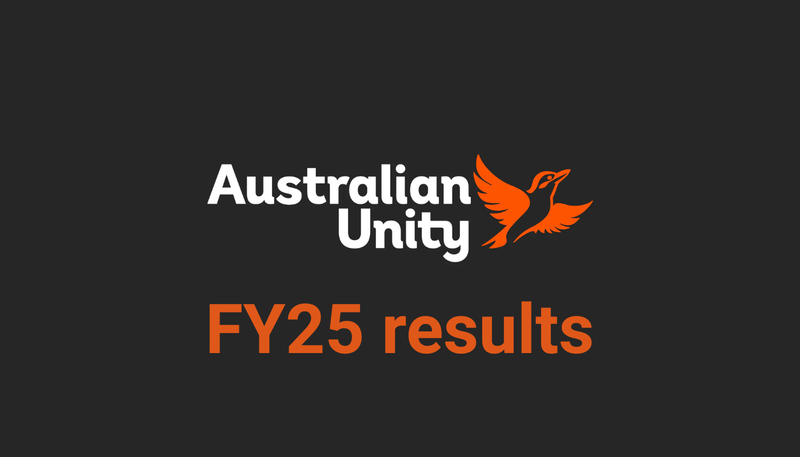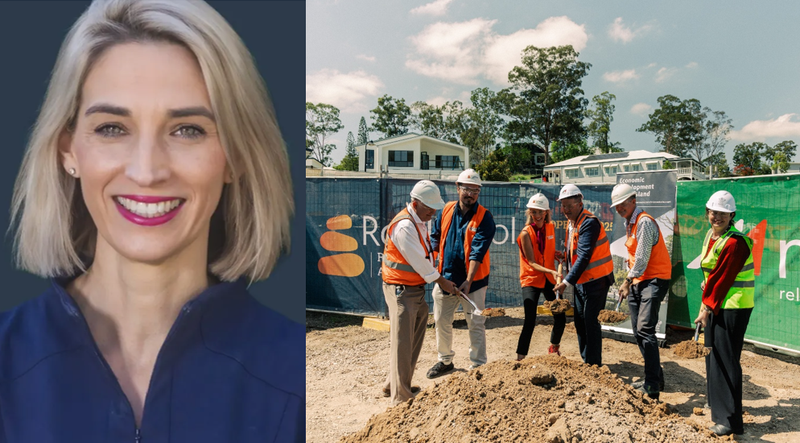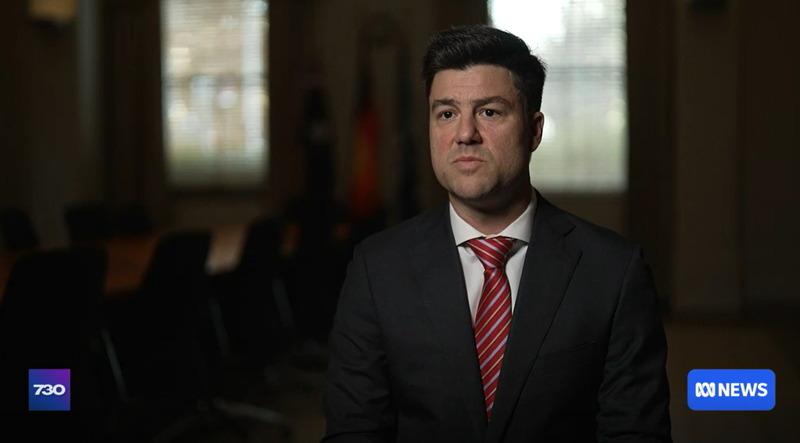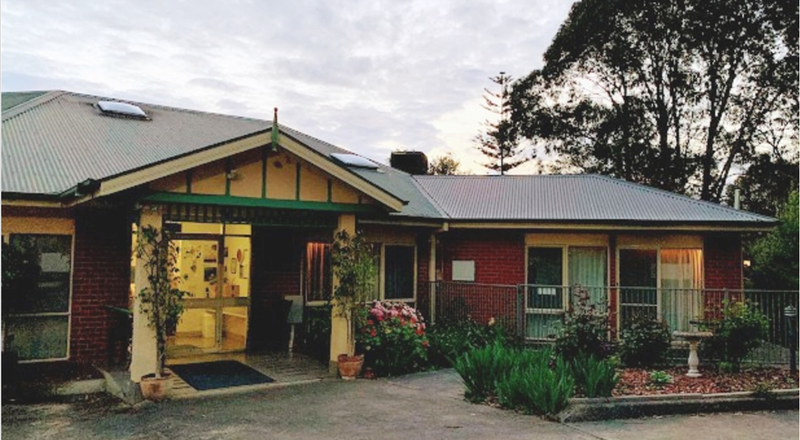Two early adopters of Labour Agreements initially prioritise current overseas staff under the Agreements
Two aged care providers that were early recipients of Aged Care Industry Labour Agreements have revealed to The SOURCE that the Agreements have been effective in attracting and retaining staff from within Australia, but neither have used the...
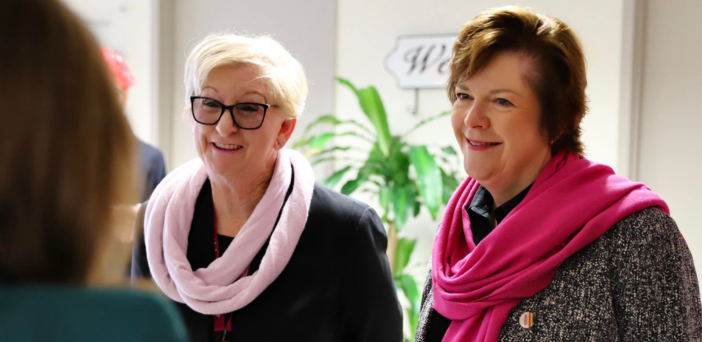
Two aged care providers that were early recipients of Aged Care Industry Labour Agreements have revealed to The SOURCE that the Agreements have been effective in attracting and retaining staff from within Australia, but neither have used the Agreements to bring in staff from overseas yet.
Curtin Heritage Living told The SOURCE that since May, when they became the first provider to sign a Labour Agreement, they have made nearly 10 existing staff permanent residents under the Agreement, but no new worker has been recruited from overseas.
Curtin Heritage Living has received more than 1,300 job applications since signing the Agreement. With the Agreement granting them the ability to recruit 570 workers, the provider believes they will be able to fill all those places with applicants from within Australia.
“It is proving to be a good retention strategy – in terms of workforce and culture,” a spokesperson told The SOURCE.
Uniting NSW.ACT signed a Labour Agreement on 12 June after signing a Memorandum of Understanding with the Health Services Union (HSU). Uniting NSW.ACT can now employ up to 300 overseas aged care workers every year for five years under the Agreement, including both internal and external candidates.
REGIONAL FOCUS
A Uniting NSW.ACT spokesperson told The SOURCE that they are initially focusing on 40 internal employees who are eligible for permanent residency sponsorship, providing them with greater certainty and stability about their future, and are investigating options to bring in 20 new candidates from outside the company. Uniting NSW.ACT currently has 3,052 employees on different types of visas. Uniting NSW.ACT will give priority to workers who are prepared to work in residential aged care and home care in regional areas where the provider is experiencing staffing shortages, including the towns of Berry, Gerringong, Goonellabah, Griffith, Singleton, Salamander Bay and Tumut. It takes six months from application to implementation, so it's too early to bring in new staff from overseas, according to Uniting NSW.ACT. Uniting NSW.ACT CEO Tracey Burton called their Labour Agreement a “landmark” and said they had worked “constructively” with the HSU.
“What we’re going to be doing at Uniting is really focusing our effort on our regional areas where we are struggling most in finding enough staff to care for our residents,” she said.
Tracey said Uniting NSW.ACT has a number of initiatives aimed at recruiting and retaining staff
"At the heart of this work are our senior Australians who need enough people to care for them.
“Our brilliant staff who’ve been so impacted by the pandemic and by workforce shortages will benefit from these new arrangements going into place.”
HOUSING
Minister for Immigration, Citizenship and Multicultural Affairs, Andrew Giles MP said in a press release there was “no silver bullet” to solving the problem of where new migrants, including aged care workers, will live when they come to Australia.
The SOURCE: The Labour Agreements are helping to attract and retain staff already in Australia, but it remains less clear how effective they will be in bringing in new aged care workers to Australia. It’s estimated the sector needs more than 12,000 additional full-time direct care workers, including 6,000 Registered Nurses, to meet 24/7 RN and care minute targets. There’s a long way to go.


